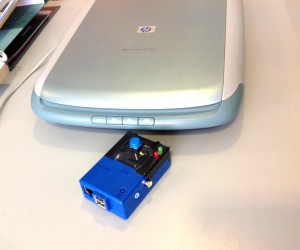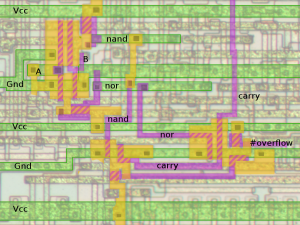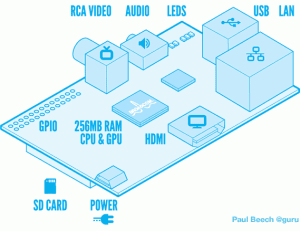Adafruit is a great resource for may electronic projects. One of my favorite parts is their focus on wearable electronics. Gizmos with LEDs and speakers have been around for a while. You can even get them from Thinkgeek. However, capacitive touch with conductive fabric opens possibilities.
I’m not sure if this ever will become mainstream. But imagine having sensors for vitals integrated in your t-shirt. Monitoring pulse, breathing, etc without any clumsy sensors. This, coupled with movement-based power generation, I’m sure we will see more and more in the future.

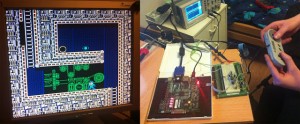 FPGAs are a fascinating piece of technology. Gaming can also fascinate. Merging the two in a retro recreation of a the classical NES means that I have to write about it.
FPGAs are a fascinating piece of technology. Gaming can also fascinate. Merging the two in a retro recreation of a the classical NES means that I have to write about it.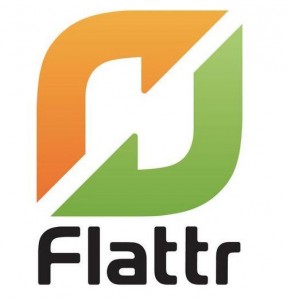 Over the last year, or there about, we’ve had
Over the last year, or there about, we’ve had 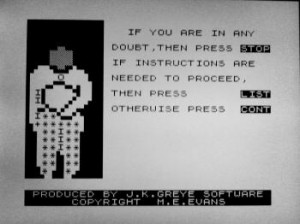 Jörg Wolfram
Jörg Wolfram